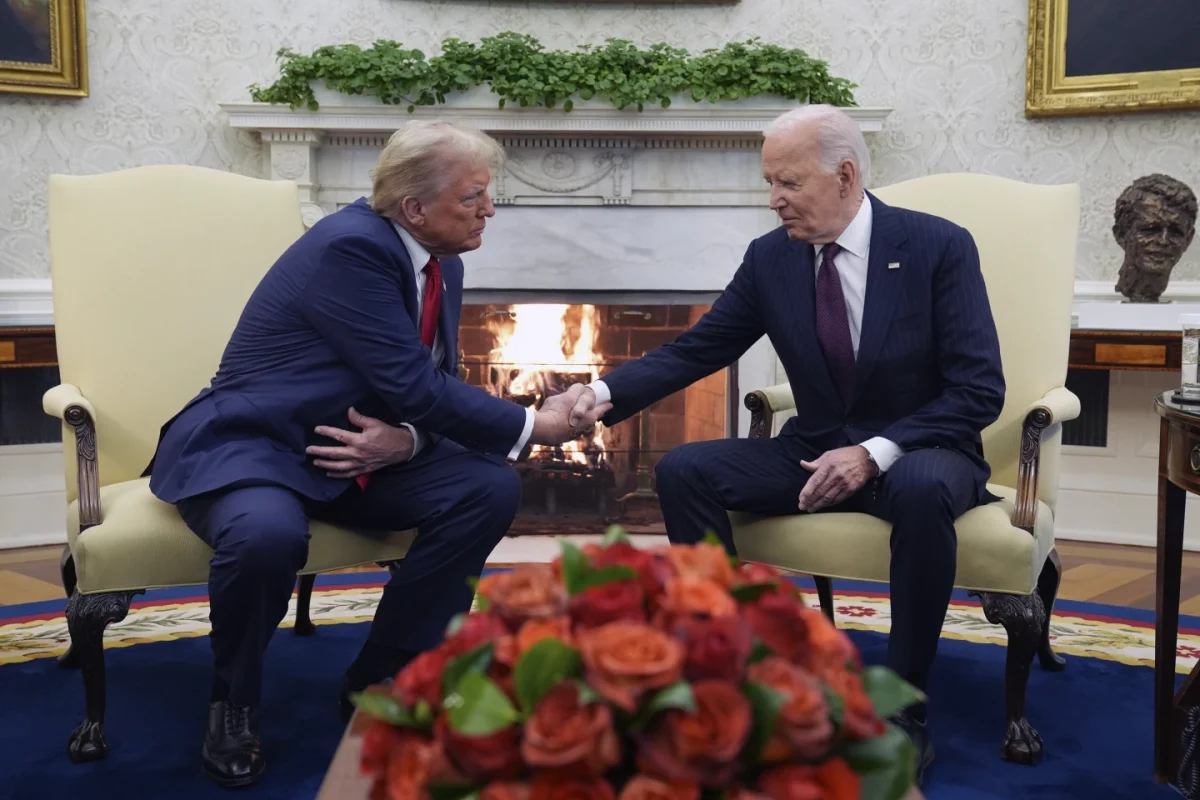The Sentinelese people, an indigenous community inhabiting North Sentinel Island in the Bay of Bengal, were recently of interest to the media when John Allen Chau, a Christian missionary, was killed while illegally visiting the island.
The Sentinelese are an uncontacted people, and the illegality of visiting North Sentinel Island makes them the most secluded group in the world.
The media has a deep fascination with uncontacted people, and a distinct language of imagery has historically been used to portray communities living in relative isolation from the global community. The recent coverage of Chau’s death was no exception.
A Google Image search of “uncontacted peoples” reveals a catalogue of intrusively voyeuristic aerial photographs. In picture after picture, native people look up through the trees at the device in the sky snapping their photo; some aim weapons, others just stare, or don’t seem aware of the camera’s presence at all.
The imagery used to portray culture is important. It can be respectful and dignifying or essentializing and racist. The way media outlets visually depict culture plays a critical role in how the public understands cultural identity.
When I see images such as those taken of uncontacted communities, blurry and taken from a high altitude, I think of Bigfoot, the Yeti and other intentionally undecipherable, conspiratorial images. These aerial pictures of indigenous communities are not flattering: they strip their subjects of their dignity and their ability to determine how (and if at all) they are portrayed to the global community. They represent an invasion of an intentionally private lifestyle and imply a sense of separation, as though the civil are peering in on the savage, looking down on them in a most literal sense.
Wikipedia lists “lost tribes” as an acceptable term to describe these indigenous, uncontacted groups. This racist notion and its implications of tribal primitivity are perpetuated by the imagery used to depict these communities.
Understanding and interrogating how imagery is used to portray culture is necessary to subvert essentialized notions of cultural identity. Continuing to publish images taken from drones and helicopters which undermine the privacy of non-consenting individuals in uncontacted communities perpetuates the narrative of “the lost tribe” and undermines the subject’s self-determination.
Although it may be unrealistic to completely abandon this practice of voyeurism and privacy invasion, it’s necessary that we address the implications of primitivity in the use of aerial photography to depict uncontacted indigenous communities.














